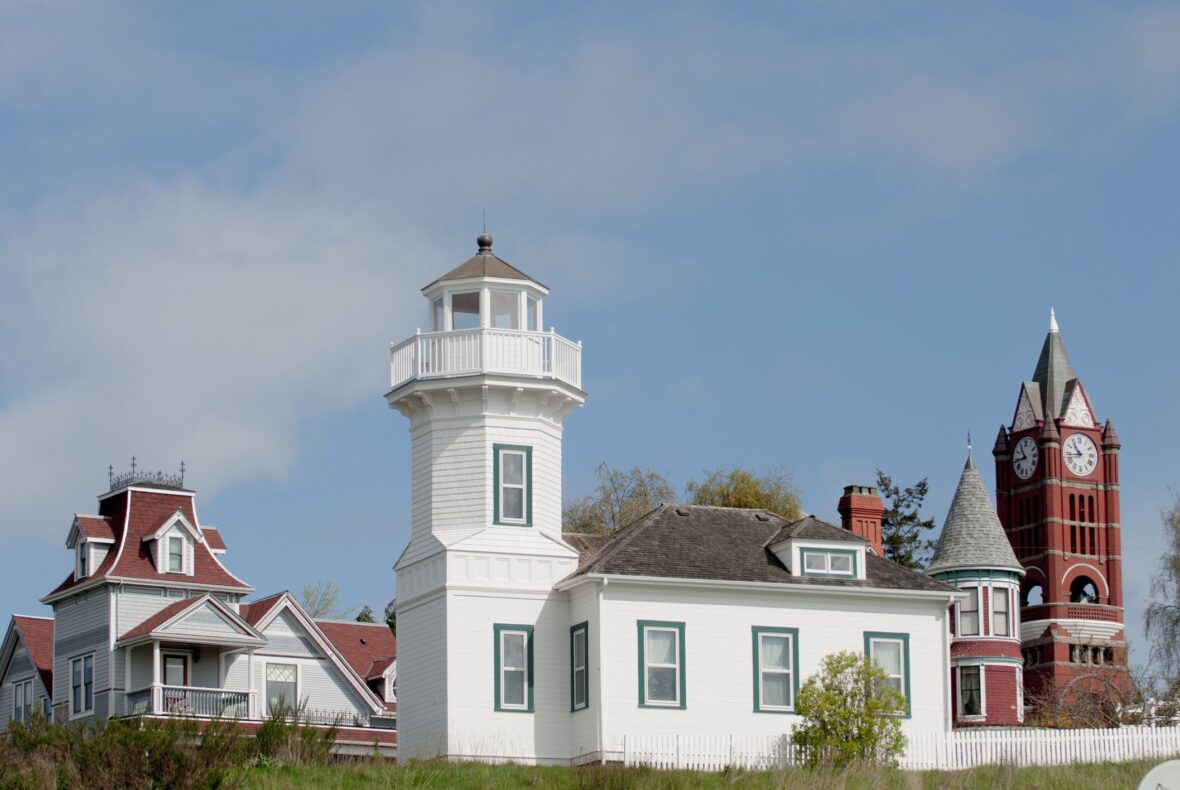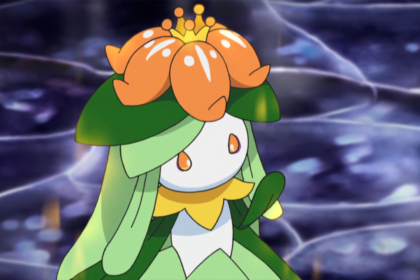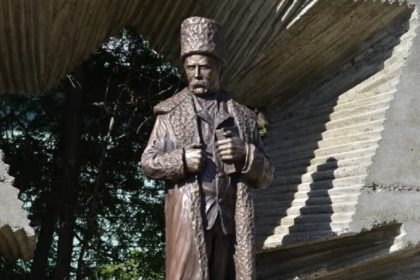Port Townsend is a city on the Quimper Peninsula in Jefferson County, Washington, United States. The population was 9,113 at the 2010 United States Census and an estimated 9,704 in 2018. Take a look below for 25 obscure and awesome facts about Port Townsend, Washington, United States.
1. It is the county seat and only incorporated city of Jefferson County.
2. In addition to its natural scenery at the northeast tip of the Olympic Peninsula, the city is known for the many Victorian buildings remaining from its late 19th-century heyday, numerous annual cultural events, and as a maritime center for independent boatbuilders and related industries and crafts.
3. The Port Townsend Historic District is a U.S. National Historic Landmark District.
4. It is also significantly drier than the surrounding region due to being in the rainshadow of the Olympic Mountains, receiving only 19 inches or 480 millimeters of rain per year.
5. The bay was originally named “Port Townshend” by Captain George Vancouver in 1792, for his friend the Marquis of Townshend.
6. It was immediately recognized as a good safe harbor, although strong south winds and poor holding ground often make small-craft anchorage problematic off the town’s waterfront.
7. The official European-American settlement of the city of the same name took place on April 24, 1851.
8. American Indian tribes located in what is now Jefferson County in the mid-19th century included the Chimakum (or Chemakum), Hoh (a group of the Quileute), Klallam (or Clallam), Quinault, and Twana (the Kilcid band — Anglicized as “Quilcene”).
9. Port Townsend is called the “City of Dreams” because of the early speculation that the city would be the largest harbor on the west coast of the United States. Guarding the gate of Puget Sound, it would become known by its other nickname, the “Key City,” a title that remains to this day.
10. By the late 19th century, Port Townsend was a well-known seaport, very active and banking on the future. Many homes and buildings were built during that time, with most of the architecture ornate Victorian. During this period, in 1888, the Port Townsend Police Department was established.
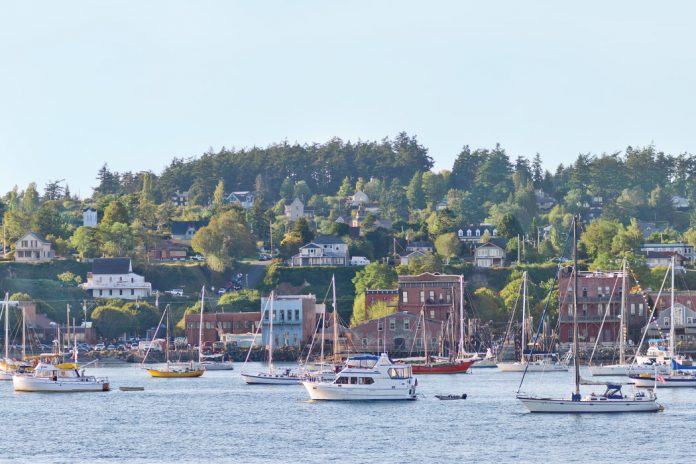
11. Railroads were built to reach more areas in the 1870-1890s, and Port Townsend was to be the northwest extension of the rail lines. Its port was large and frequented by overseas vessels, so shipping of goods and timber from the area was a major part of the economy.
12. Many of the buildings were built on the speculation that Port Townsend would become a booming shipping port and major city. When the depression hit, those plans lost the capital to continue and rail lines ended on the east side of Puget Sound, mainly in Tumwater, Tacoma, and Seattle.
13. With the other Puget Sound ports growing in size, Port Townsend saw a rapid decline in population when the Northern Pacific Railroad failed to connect the city to the eastern Puget Sound city of Tacoma.
14. By the late 1890s, the boom was over. Without the railroad to spur economic growth, the town shrank and investors looked elsewhere to make a good return.
15. Over the decades that followed, Port Townsend maintained its economic stability in a variety of ways, including the development of artillery fortifications at Fort Worden.
16. Many people left the area, and many buildings were abandoned. Port Townsend’s economy was very weak until the 1920s, when a paper mill was built on the edge of the town. The bay is now home to Naval Magazine Indian Island, the US Navy’s primary munitions-handling dock on the Pacific coast.
17. Since the 1970s new residents, including many retirees, have moved to town. The waterfront retail district has restaurants, services, and tourist destinations. Since 1999, the city has had an annual international film festival in September. Other cultural programming, some at Fort Worden, now a state park, includes a Wooden Boat Festival, writers’ conference, playwrighting festival, and blues and jazz festivals, in addition to music, dance, and live theater performances. The town has two independent movie theaters, both upgraded by 2014 to handle digital film.
18. Because of the speed at which the economy declined in the 1890s and the lack of any industry to replace it, very few of the Victorian buildings were torn down or built over in the intervening period. They were essentially preserved for nearly 100 years, when the value of protecting them was appreciated and fostered.
19. Unlike most cities in the Pacific Northwest that were ravaged by natural and man-made disasters such as fire and earthquakes, prominent examples of public, private and business buildings from nearly every period of Port Townsend’s history have survived to the present day.
20. The Port Townsend Historic District, an area including many Victorian-era buildings, was listed on the National Register of Historic Places in 1976. It was designated a National Historic Landmark in 1977.
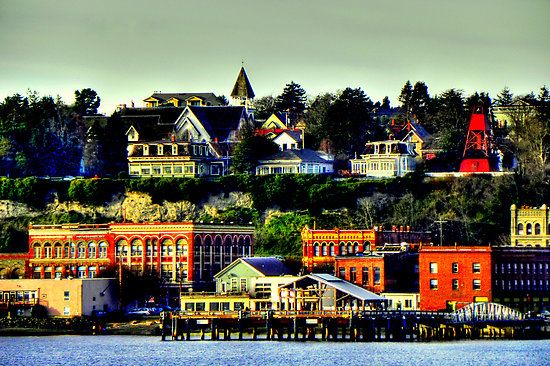
21. Public education in the city is administered by Port Townsend School District, which includes Salish Coast Elementary School, Blue Heron Middle School and Port Townsend High School.
22. Private schools in the city include Olympic Range Carden Academy, and Swan School.
23. Port Townsend is twinned with Ichikawa, Hyōgo, Japan. A group of local students participate in an exchange with this city during the summer.
24. According to the Washington State Lieutenant Governor’s website, Port Townsend also has a sister city relationship with Jalapa, Nicaragua, though the city’s website does not reflect this.
25. State Route 20 runs southwest from Port Townsend 13 miles (21 km) to U.S. Route 101 at Discovery Bay. Port Angeles is 47 miles (76 km) west of Port Townsend by highway, and Bremerton is 48 miles (77 km) to the south. In addition to road links, the city is accessible via the Washington State Ferries system, which has a route from Port Townsend to Coupeville on Whidbey Island.

